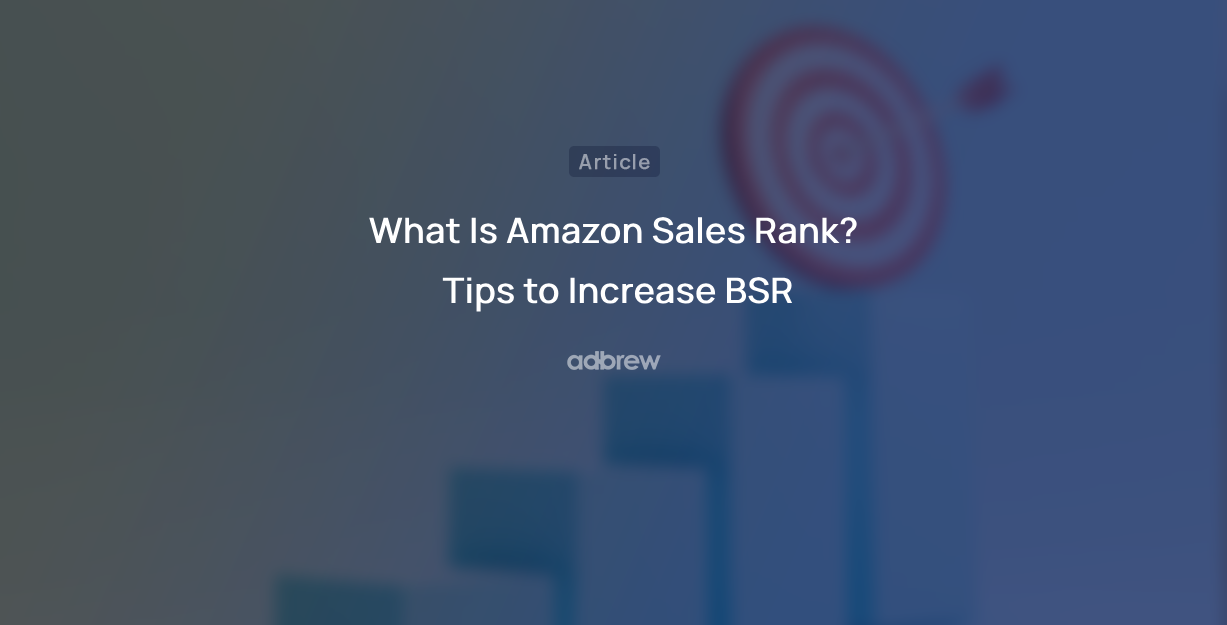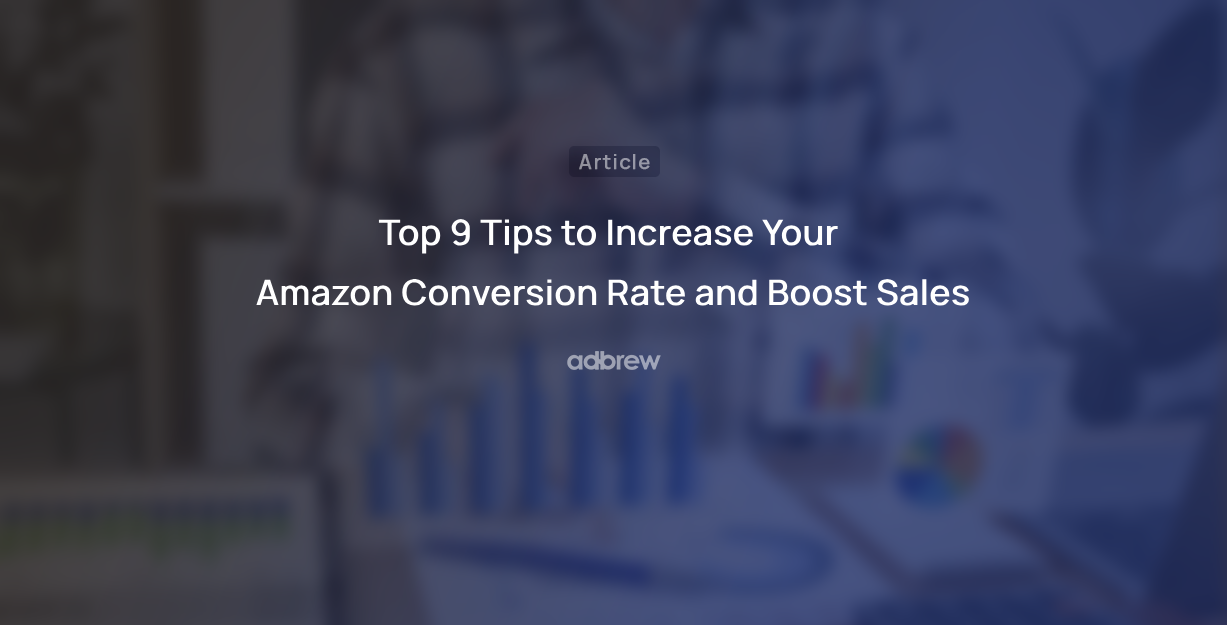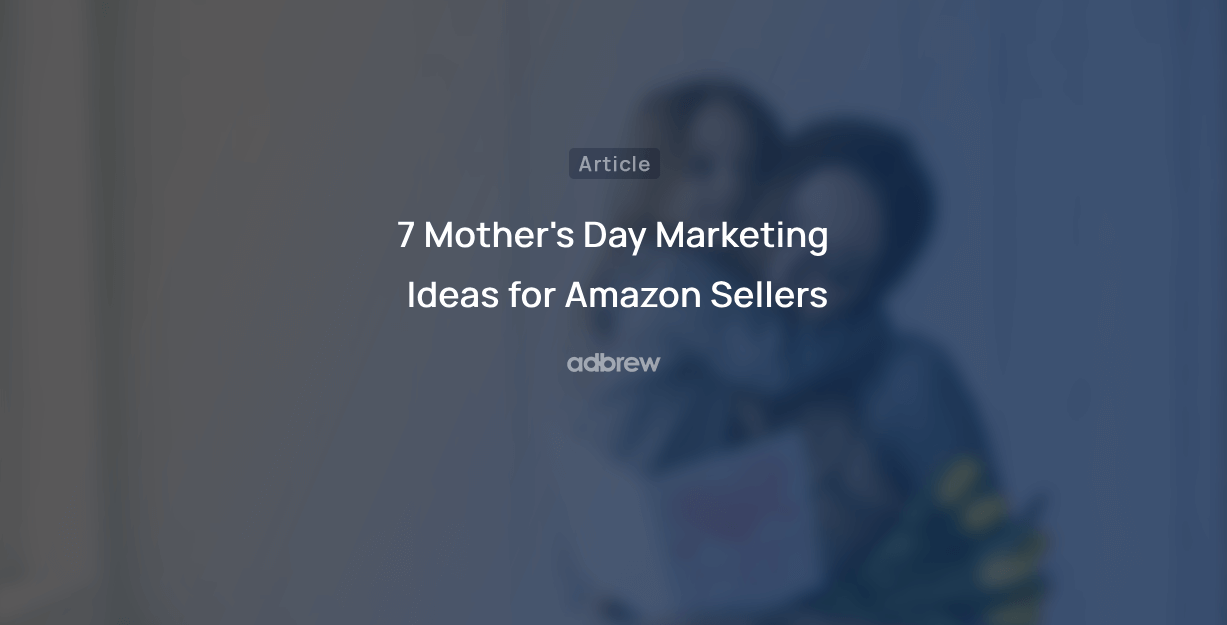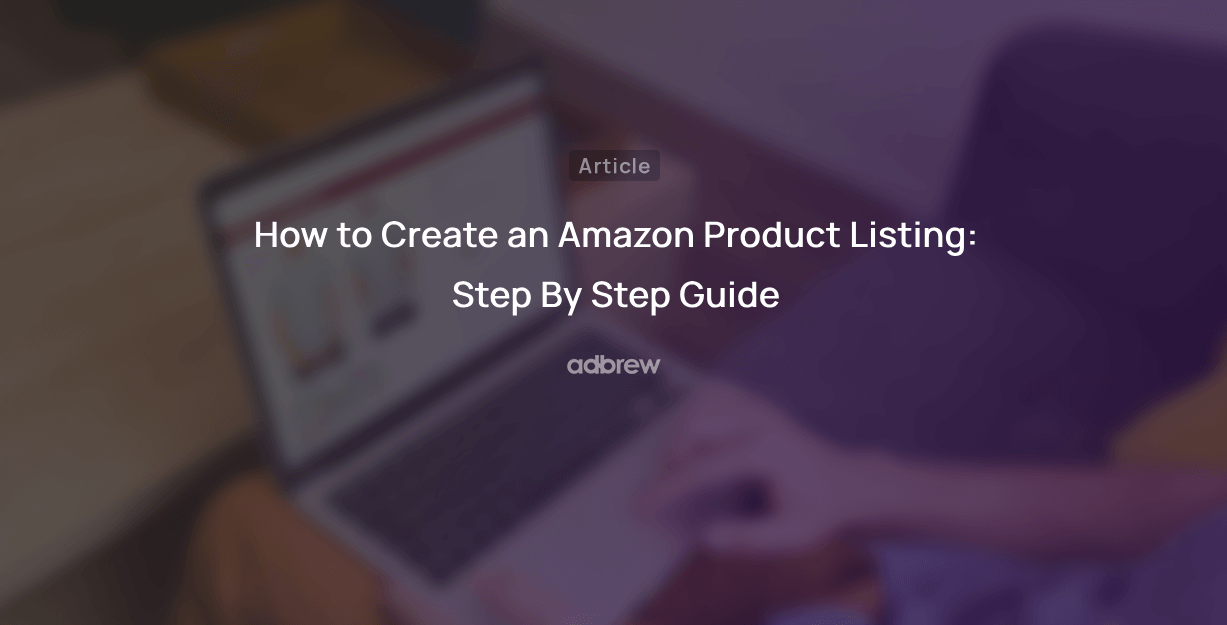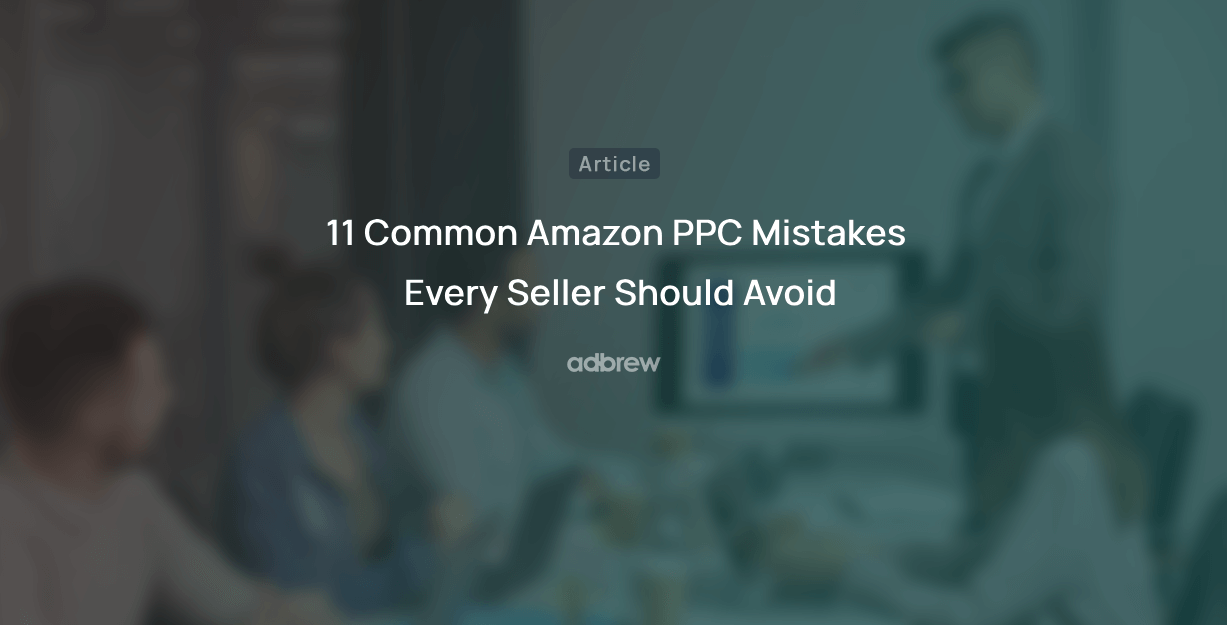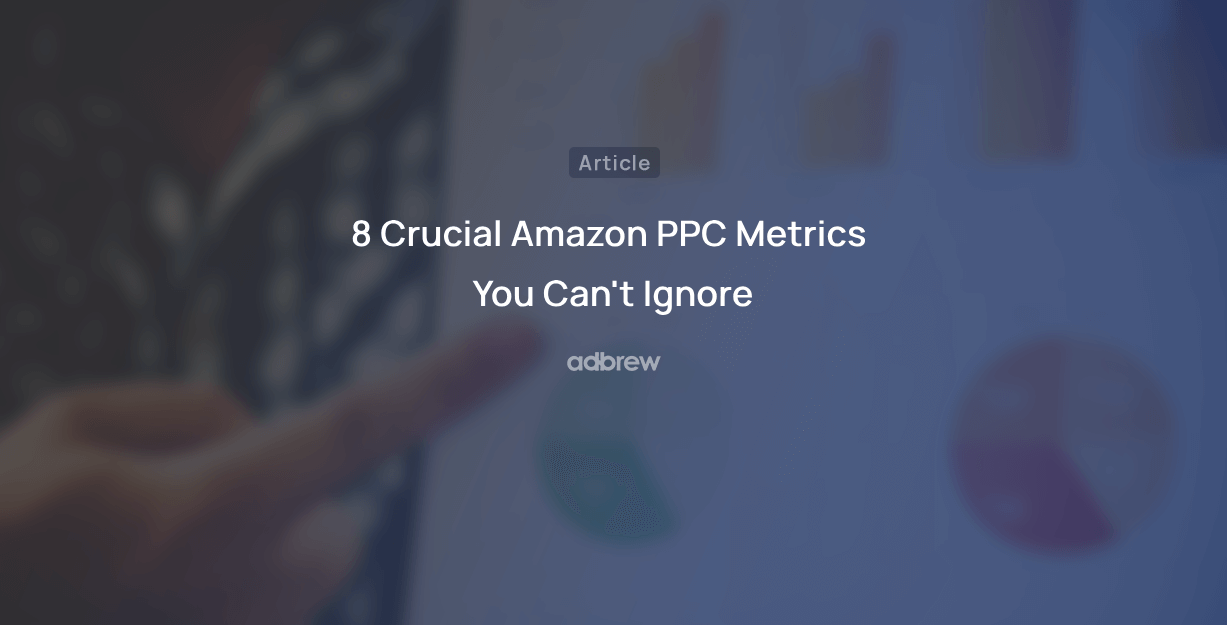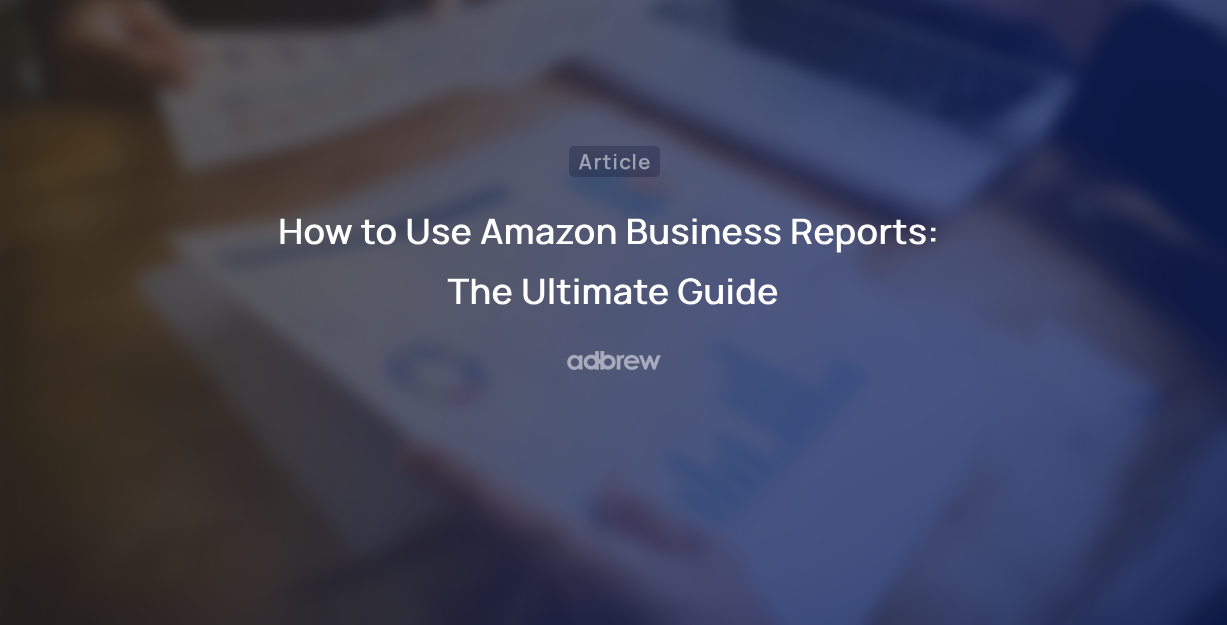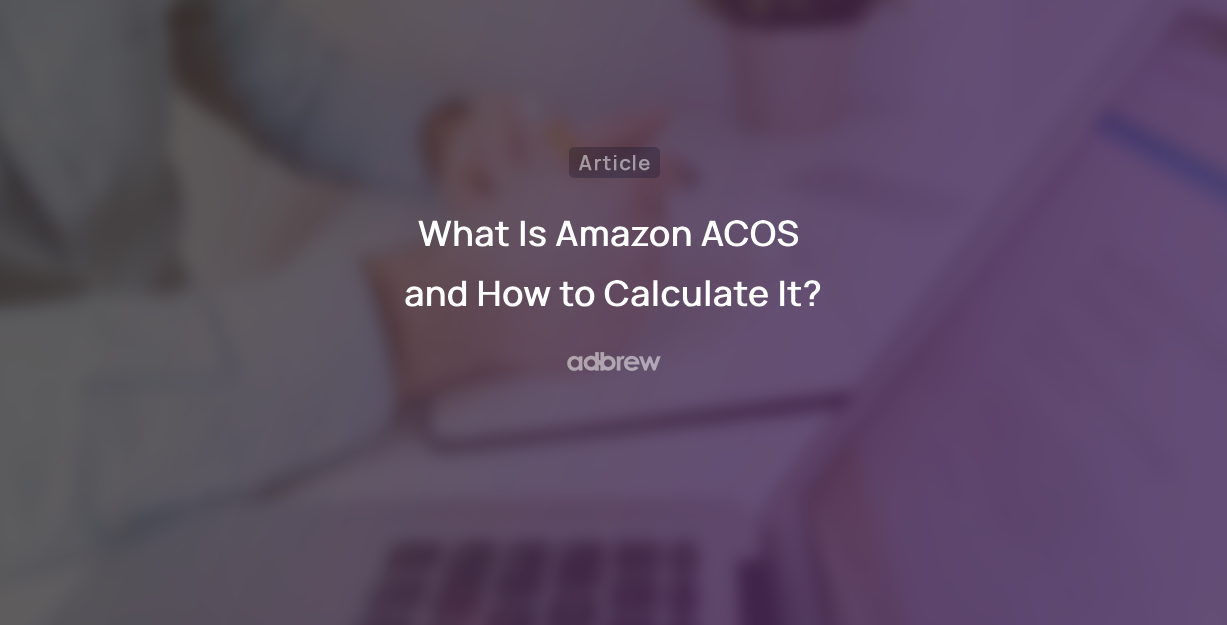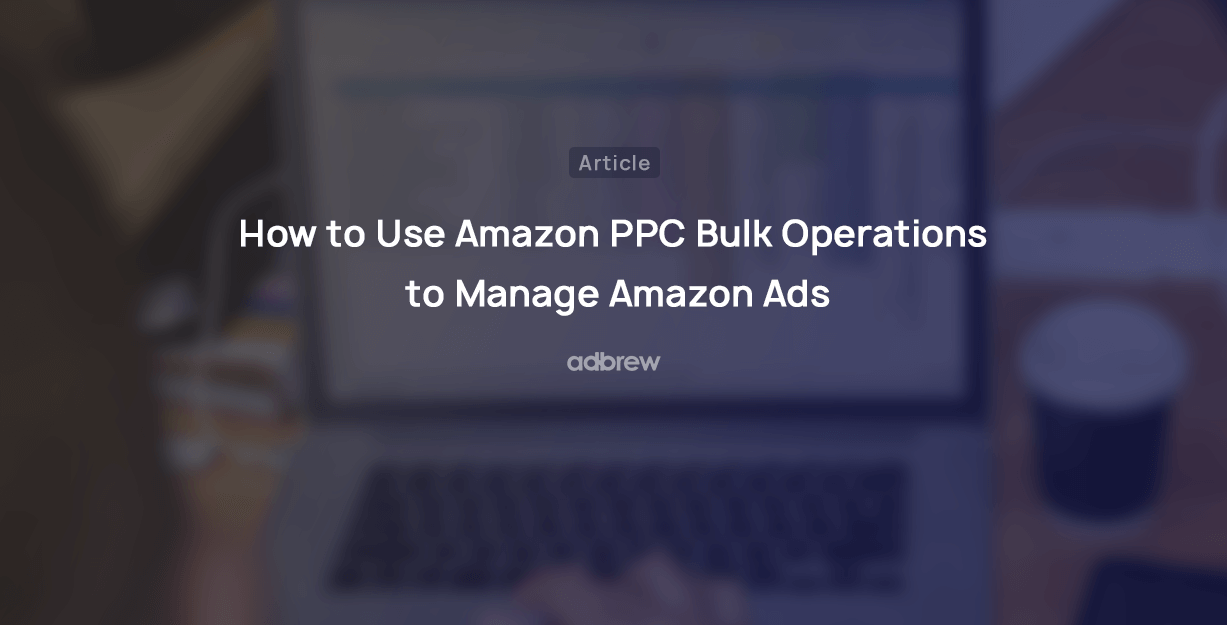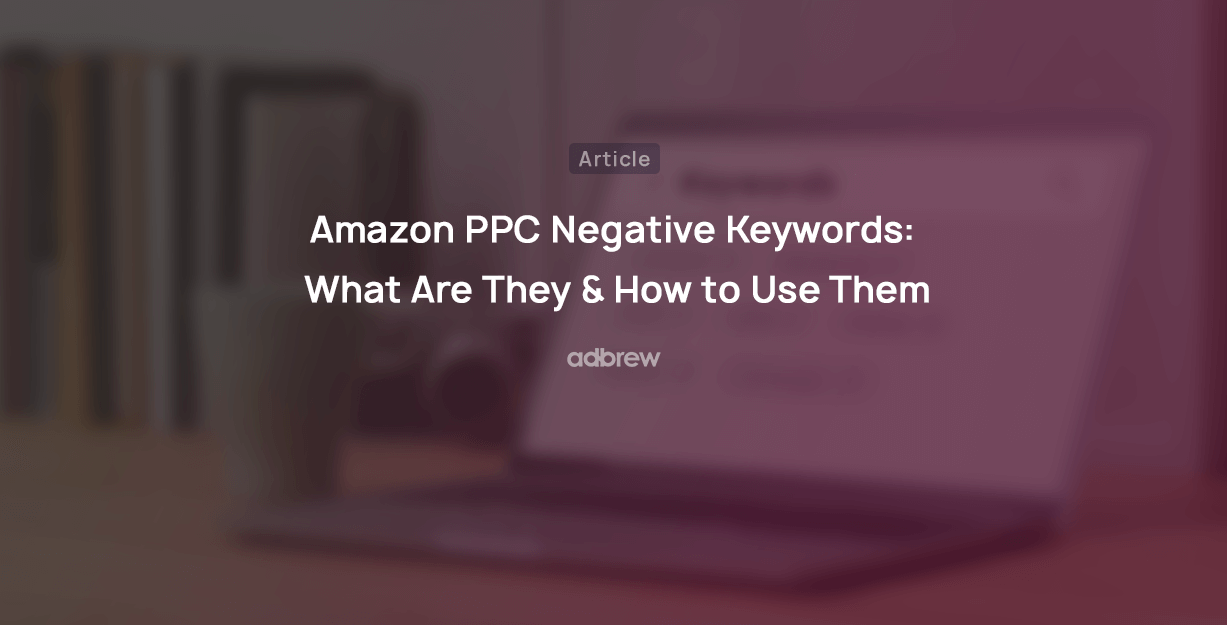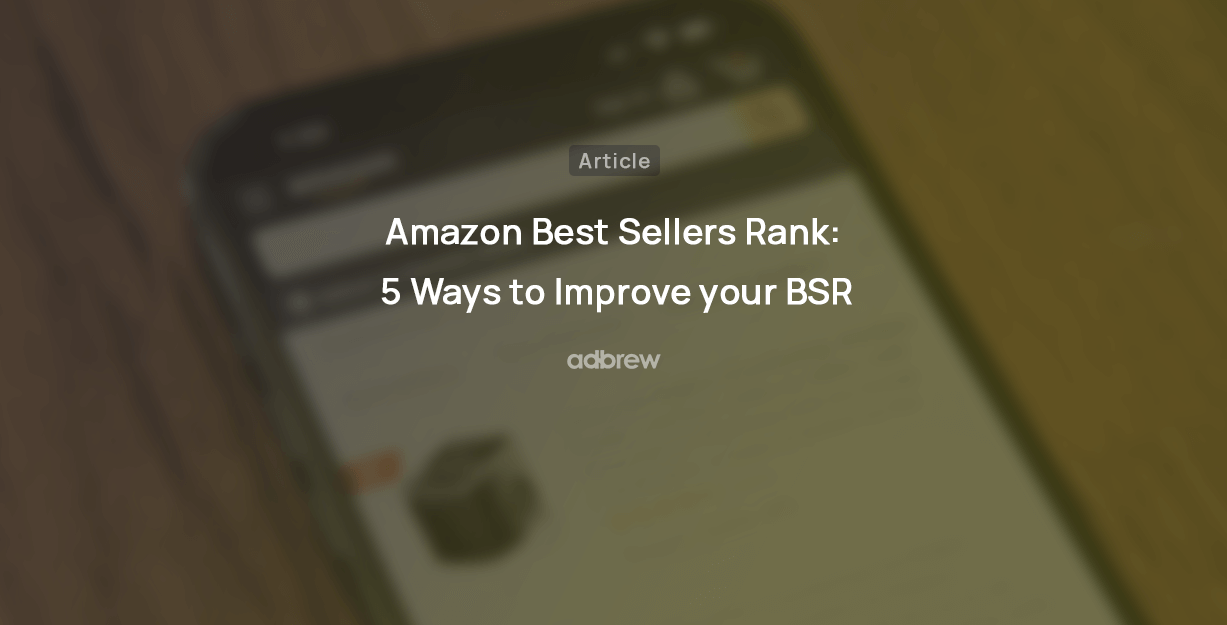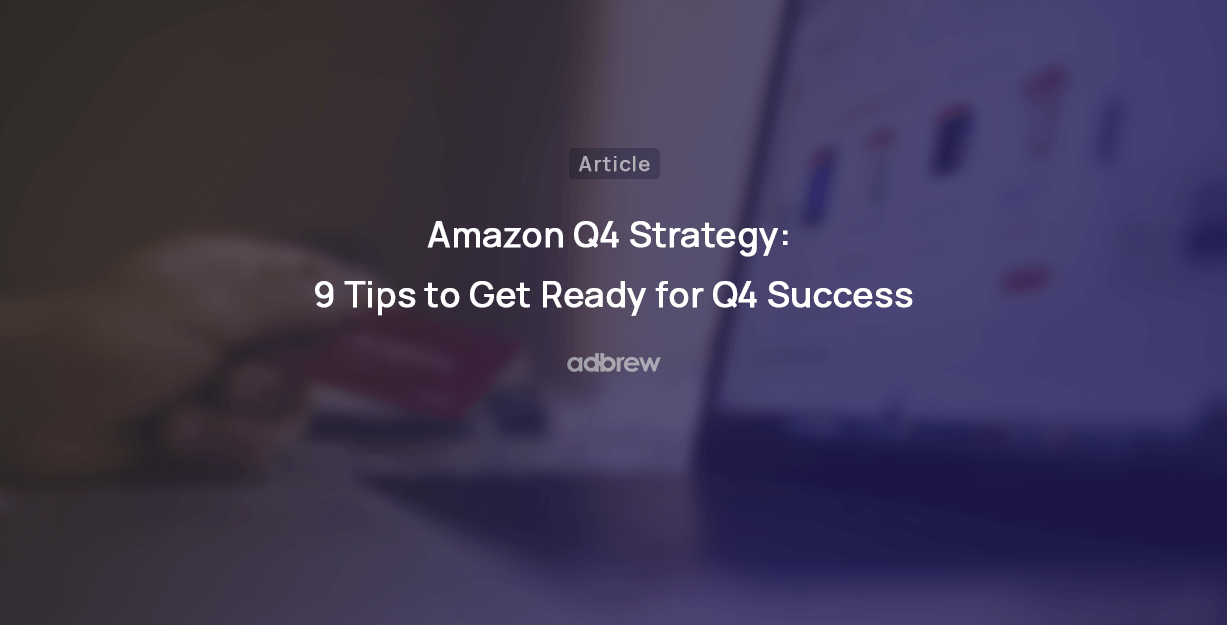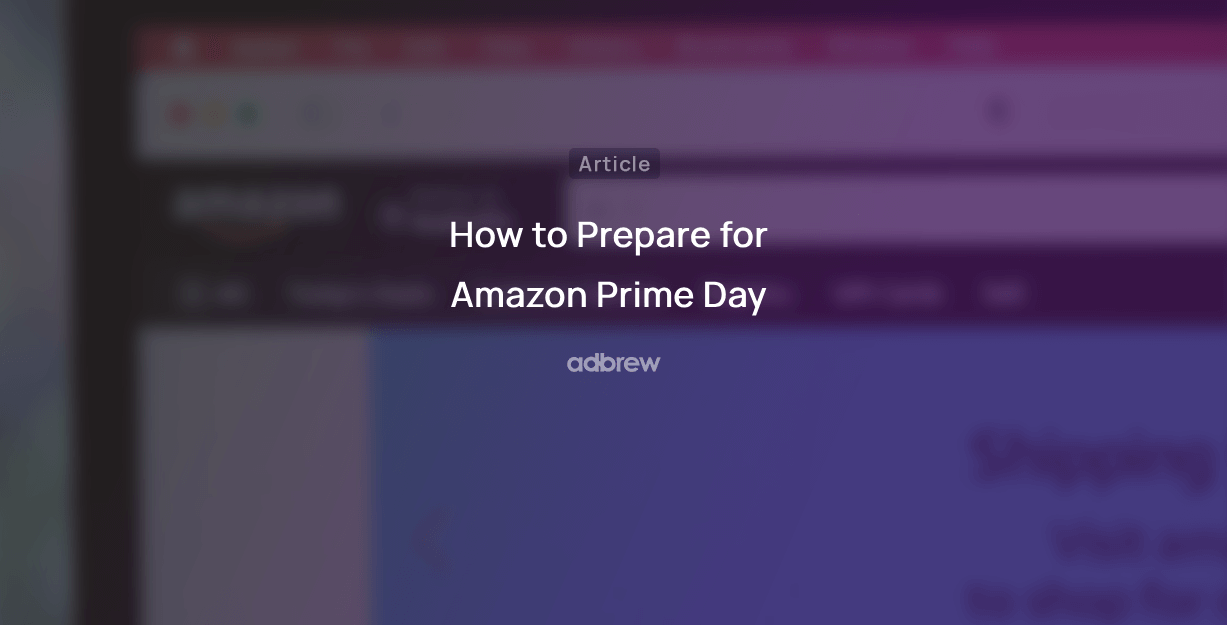
As an Amazon seller, optimizing your business and maximizing profits relies heavily on data analysis. One invaluable tool for gaining a comprehensive understanding of your Amazon business’s financial performance is the business report.
Whether you’re a seasoned seller or just starting out, understanding and utilizing business reports is crucial. In this blog post, we will thoroughly explore the various Amazon business reports and provide insights on how to leverage them for your business success.
What Are Amazon Business Reports?
Amazon Business Reports, located under the “Reports” tab in Seller Central, provide sellers with access to a wide range of data points concerning their business activities on the platform. This data encompasses various aspects, including:
Understanding customer engagement: Gain insights into how customers interact with your products, including their browsing behavior and purchase frequency. This allows you to tailor your product listings and marketing strategies based on customer preferences.
Optimizing sales and inventory: Analyze sales trends and identify popular products and buying patterns. This information helps you optimize inventory management, ensuring you have enough stock of in-demand items and avoid overstocking less popular ones.
Making informed marketing decisions: Analyze data on clicks, conversions, and sales to understand the effectiveness of your advertising campaigns. This allows you to refine your strategies, allocate resources effectively, and maximize your return on investment.
Improving product performance: Track metrics like impressions, click-through rates (CTR), and conversion rates to identify areas for improvement in your product listings. This can involve optimizing product titles, descriptions, images, and pricing strategies.
Types of Amazon Business Reports
Amazon provides various business reports to help sellers and vendors analyze their performance and make informed decisions. Let’s understand each one in detail.
Sales Dashboard
The Sales Dashboard is your one-stop shop for a quick and clear snapshot of your overall business performance. This is where you can find historical sales data, including units sold, total sales, and average order value. Additionally, the dashboard provides trend graphs allowing you to compare data across different periods, helping you identify growth patterns or seasonal trends.
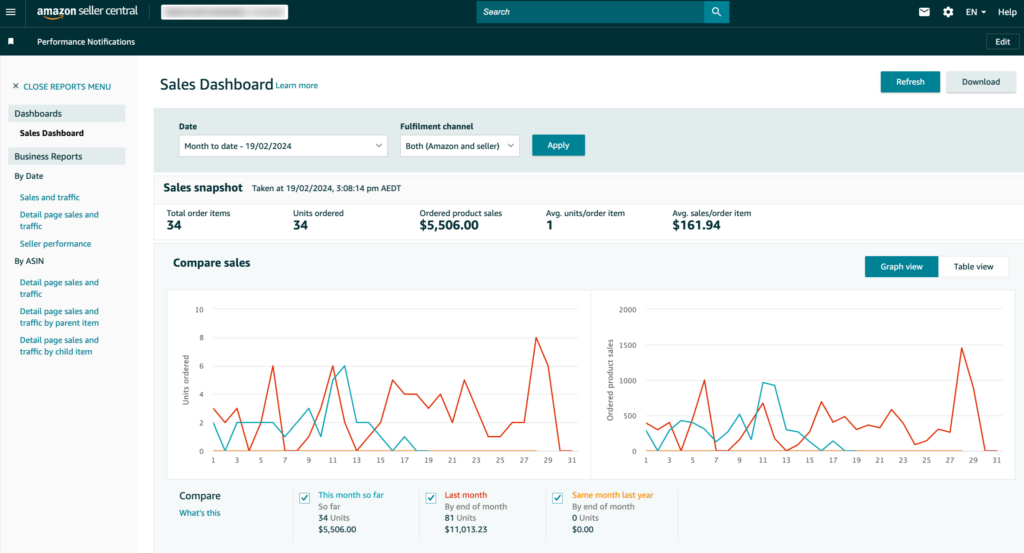
Amazon Business Reports "By Date"
The “Amazon Business Reports “By Date”” is a set of reports provided by Amazon that allows sellers to analyze their business performance based on specific dates. It includes two main Amazon Seller Central reports:
1. Sales and Traffic "By Date"
This report provides a detailed breakdown of sales and traffic data over specific time periods. Sellers can choose a date range to analyze, and the report will present information such as the number of orders, total sales, page views, and conversion rates for each day within the selected timeframe.
By examining this data, sellers can identify patterns, trends, and correlations between marketing activities or promotions and changes in sales performance over time.
Key Metrics Included:
Total Sales: The overall revenue generated during the selected timeframe.
Units Sold: The number of products sold.
Average Order Value: The average value of each order.
Conversion Rates: The percentage of visitors who make a purchase.
2. Seller Performance "By Date"
This report focuses on the seller’s performance metrics tracked by Amazon over specific dates. It includes key performance indicators such as the order defect rate, late shipment rate, and pre-fulfillment cancel rate. Sellers can review their performance metrics on a daily or periodic basis to ensure they meet Amazon’s standards and identify areas for improvement in order to maintain a positive seller reputation.
Key Metrics Included:
Order Defect Rate: A measure of the quality of your orders, including negative feedback, A-to-z Guarantee claims, and credit card chargebacks.
Late Shipment Rate: The percentage of orders that were not shipped on time.
Pre-fulfillment Cancel Rate: The percentage of orders canceled before shipment.
Customer Service Dissatisfaction Rate: The percentage of orders for which customers have expressed dissatisfaction with your customer service.
Amazon Business Reports "By ASIN"
Amazon Business Reports “By ASIN” refers to a set of reports that provide detailed insights into the performance of individual products on Amazon. ASIN stands for Amazon Standard Identification Number, which is a unique identifier assigned to each product on the platform.
These reports help amazon sellers and vendors analyze the sales and traffic data associated with specific ASINs, allowing them to make informed decisions to optimize their product listings and overall business strategy. It includes three main reports:
1. Detail Page Sales and Traffic "By ASIN"
This report offers a comprehensive analysis of the sales and traffic data for a specific ASIN. It includes information such as the number of page views, units ordered, and conversion rates. Sellers can use this data to assess the effectiveness of product listings and understand customer engagement.
Key Metrics Included:
Page Views: The number of times the product’s detail page was viewed by Amazon visitors.
Buy Box Percentage: The percentage of time your product is featured in the Buy Box, which is crucial for increasing sales.
Unit Session Percentage: The percentage of sessions (visitor interactions) that resulted in a purchase of the product.
Total Order Items: The total number of items ordered for that specific ASIN.
Total Order Sales: The total sales generated from the specific product’s detail page.
2. Detail Page Sales and Traffic By Parent Item "By ASIN"
For products with variations or parent-child relationships, this report breaks down sales and traffic data at the parent item level. It helps Amazon sellers in understanding how the overall product line performs, taking into account variations such as size or color.
Key Metrics Included:
Page Views: The number of times the parent item’s detail page was viewed.
Buy Box Percentage: Similar to the individual ASIN report, this metric indicates the percentage of time the parent item is featured in the Buy Box.
Unit Session Percentage: The percentage of sessions resulting in a purchase of the parent item.
Total Order Items: The total number of items (including variations) ordered for the parent item.
Total Order Sales: The total sales generated from the parent item’s detail page.
3. Detail Page Sales and Traffic By Child Item "By ASIN"
Similar to the parent item report, this one focuses on individual variations or child items within a parent-child relationship. It allows sellers to analyze the specific performance of different product variations.
Key Metrics Included:
Page Views: The number of times the detail page of each child item was viewed.
Buy Box Percentage: Indicates the percentage of time each child item is featured in the Buy Box.
Unit Session Percentage: The percentage of sessions resulting in a purchase of each child item.
Total Order Items: The total number of each specific child item ordered.
Total Order Sales: The total sales generated from each individual child item.
Key Metrics to Track in Your Amazon Business Reports
1. Session
A session is a unit that represents a single visit by a user to your website or platform. It begins when a user lands on a page and ends when they leave or remain inactive for a specified period.
Tracking sessions provides a holistic view of user engagement. It helps evaluate the success of marketing efforts in driving traffic and is a fundamental metric for assessing website performance.
An increase in sessions may suggest effective marketing campaigns or improved organic visibility. Conversely, a decrease might indicate issues with marketing strategies or website functionality.
2. Total Sales
Total Sales is the cumulative revenue generated from all products or services sold over a specific time frame.
This metric is paramount for understanding the financial health of the business. It serves as a primary indicator of revenue generation and overall business performance.
Monitoring total sales allows businesses to identify trends, assess the impact of promotions, and make informed decisions regarding inventory management and pricing strategies.
3. Average Order Value
Average Order Value (AOV) is the mean monetary value of each order placed by customers. AOV is a critical metric for comprehending customer purchasing behavior.
It helps in shaping strategies to boost revenue without necessarily increasing the customer base.
An increase in AOV may indicate successful upselling or cross-selling initiatives, while a decrease might prompt a reassessment of pricing strategies or the effectiveness of promotional activities.
4. Order Session Percentage
Order Session Percentage is the ratio of sessions that result in at least one order. This metric sheds light on the conversion rate of website visitors to customers.
It reflects the effectiveness of the website in translating user interest into actual sales.
A positive change in the Order Session Percentage suggests an enhanced user experience or effective product presentation. Conversely, a decline may indicate potential issues in the purchase process or website navigation.
5. Buybox Percentage
Buybox Percentage is the share of time a product’s listing appears in the prominent “Buy Box” on e-commerce platforms, indicating the likelihood of being purchased.
For businesses operating on platforms like Amazon, a high Buybox Percentage is crucial as it enhances product visibility and increases the likelihood of making a sale.
Monitoring Buybox Percentage helps businesses gauge the competitiveness of their product listings. It enables optimization of factors such as pricing, fulfillment methods, and customer feedback to enhance their presence in the Buybox.
Conclusion
The Amazon Business Report offers valuable insights for businesses of all sizes selling on Amazon. By understanding the report’s data and trends, Amazon sellers can make informed decisions about their product selection, pricing, marketing strategies, and overall business performance. Remember, staying informed and adapting to the ever-evolving Amazon landscape is key to success.
Related Blogs
Introduction Selling on Amazon can be a great way to get your products out there. But once someone buys your […]
Ever feel like you’re missing something in your Amazon PPC Search Terms report? You might be! Sure, they show what […]
Ever scrutinized an Amazon product page and noticed the cryptic “Sales Rank”? Wondering what it means and how it impacts […]
Millions of products compete for customer attention on Amazon’s search results page, making it tough for your brand to stand […]
Are you selling products on Amazon and looking to increase your sales? This blog is for you. We’ll share tips […]
Are you an Amazon seller looking to boost your brand visibility and profitability? Are you feeling stuck in the cycle […]
Ever wonder what drives your online shopping habits? Perhaps a captivating product description, or an eye-catching professional photo? As it […]
For any seller on Amazon, understanding the A9 algorithm is crucial for success. This complex algorithm dictates which products appear […]
Are you an Amazon seller looking to turn those single purchases into recurring revenue? Look no further than the Subscribe […]
Amazon has become a go-to platform for all e-commerce business owners to launch and scale their e-commerce brands online. But […]
Mother’s Day, a time to celebrate the incredible women who raised us, is a prime opportunity for Amazon sellers to […]
In the ever-competitive landscape of Amazon, ranking high in organic search results is crucial for driving sales. While you might […]
If you’ve ever found yourself scratching your head over Sessions and Pageviews on your Amazon business reports, you’re not alone. At […]
Amazon is a massive marketplace, attracting millions of customers with diverse needs, preferences, budgets, and mindsets for shopping. To effectively […]
With Amazon boasting over $575 billion in retail sales for 2023, it’s no wonder so many sellers flock to its […]
Advertising on Amazon through pay-per-click campaigns can significantly enhance product visibility and sales for sellers. However, mastering Amazon PPC, with […]
Have you heard of the terms copyright infringement and plagiarism? If so, then Amazon Brand gating won’t be unfamiliar to […]
If you are running ads on Amazon, you’ll come across a sea of data in your advertising console. But does […]
Have you heard of the terms copyright infringement and plagiarism? If so, then Amazon Brand gating won’t be unfamiliar to […]
In the fast-paced world of e-commerce, where shoppers are bombarded with choices, standing out on platforms like Amazon is paramount […]
Are you planning to start an Amazon FBA store? If so, you’ll encounter a unique term – FNSKU. This seemingly […]
Introduction As an Amazon seller, you understand the power of reviews. They’re the lifeblood of trust and conversion on the […]
Are you struggling to get Amazon reviews on your product? Well, you are not alone! Reviews are the backbone of […]
Are you tired of bland Amazon product listings failing to grab attention? In today’s competitive online marketplace, standing out is […]
As an Amazon seller, understanding how your brand performs throughout the customer journey is vital for success. However, until recently, […]
As an Amazon seller, optimizing your business and maximizing profits relies heavily on data analysis. One invaluable tool for gaining […]
Are you struggling to get noticed on Amazon’s massive platform? Do your products get lost in a sea of similar […]
For any Amazon seller getting into the world of sponsored advertising, understanding the Advertising Cost of Sale (ACoS) is crucial. […]
A well-executed product launch on Amazon can be the key to unlocking success and gaining a competitive edge. As the […]
In the ever-evolving landscape of e-commerce, distinguishing between keywords and search terms is vital for optimizing product visibility and driving […]
Ever felt like you are throwing darts in the dark when it comes to your marketing efforts outside Amazon for […]
Amazon, the e-commerce giant, has successfully concluded a robust business year with outstanding performance in quarter 4. The most recent […]
Picture this: you have a great product on Amazon, but it’s not selling well despite having attractive images and a […]
The advertising landscape is evolving, and viewers are rapidly migrating from traditional cable TV to streaming platforms. This presents a […]
Feeling lost in the Amazon discount jungle? Struggling to reach the right customers and entice them to make the purchase? […]
Are you losing your product in the deep ocean of Amazon product listings? Want your product to stand out, rank […]
For years, Amazon sellers were in the dark. They couldn’t see what keywords customers were using to find their products, […]
Selling on Amazon can be tough with so many others doing the same in your category. That’s why it’s super […]
For Amazon sellers, understanding their customers has often felt like navigating a maze without a map. The missing link? A […]
Have you ever felt like your Amazon advertising campaigns are lost in a tangled jungle of keywords? You’re not alone. […]
When did you last give your Amazon PPC account a checkup? Regular Amazon PPC audits are crucial to ensure the […]
Embarking on the path of online selling? If so, you’re likely aware that Amazon is your ultimate destination. With a […]
Ever felt like your product is lost in the vast Amazon jungle? You’re not alone. With millions of shoppers actively […]
Amazon Sellers selling on the Amazon marketplace usually utilize Amazon advertising without keeping a close eye on the TACoS metric. […]
The rush of Black Friday and Cyber Monday might be over, but the opportunity for continued sales growth extends beyond […]
In the fierce Amazon advertising domain, where competition rises and costs increase, understanding and keeping track of the right metrics […]
Have you ever felt the frustration of campaigns going out of budget, leading to missing out on potential sales, or, […]
Amazon PPC campaigns can be a powerful tool for driving traffic and sales to your products. However, without proper structure, they […]
The Amazon Cyber Monday and Black Friday sales week is just around the corner. It’s no secret that this marks […]
Whether you are creating a new advertising campaign or optimizing existing ones, doing it manually from the Amazon ad console […]
Want to know what search terms people use to visit or purchase your product on Amazon? If yes, you’re in […]
When you are spending dollars or even more to get a click on your Amazon ads, you want to ensure […]
Are you an Amazon seller looking to maximize your profits and minimize your advertising costs? If so, you’re not alone. Many […]
Are you exclusively relying on traditional metrics such as CTR, CPC, CVR, or ROAS to make your campaign optimization decisions? […]
Navigating the ever-evolving landscape of Amazon’s online marketplace is essential for any seller looking to thrive on the platform. Among […]
As the holiday season approaches, businesses are gearing up for the highly anticipated Q4 rush. To ensure a successful Q4, […]
Do you regularly review your Amazon advertising reports? If not, you may be missing out on numerous opportunities. Amazon […]
Whether you’ve just launched a new product or have been selling on Amazon for a while, advertising on the platform […]
Amazon PPC bidding strategies that you choose play a significant role in the success of your Amazon Ads campaigns. As […]
Have you ever heard of a “catch-all campaign”? This single campaign can generate extra sales for you at a very […]
Amazon Prime Day is one of the largest global e-commerce sales events, attracting millions of customers worldwide. But how do […]
Are you looking to boost your brand’s visibility and drive more sales on Amazon? Look no further than Amazon Sponsored […]
Succeeding on Amazon in 2023 isn’t easy. Just listing your products and hoping for the best won’t work anymore. You […]
Are you bidding the same amount for all your ad placements on Amazon? If yes, then you’re missing out on […]
Whether you are looking to boost product discovery or target audiences further down the sales funnel who have already engaged […]
We, at Adbrew catalyze millions of dollars of ad spend monthly through our platform, with Sponsored Product Ads being the […]
Do you want to know how many clicks you should give a search term before adding it as negative in […]
Think of your product listing as a guiding light on the Amazon marketplace. It’s your chance to grab attention, tell […]
It is no longer a secret that shopping behavior on Amazon varies over the day. This is the reason why […]
Are you struggling to get the most out of your advertising budget on Amazon? Do you find that your campaigns […]
Ever run an Amazon Ad campaign and wondered why some sales weren’t directly linked to the products you advertised? That’s […]
If you’re managing Amazon PPC ads, it’s essential to have an effective and organized approach for target harvesting and movement. […]




